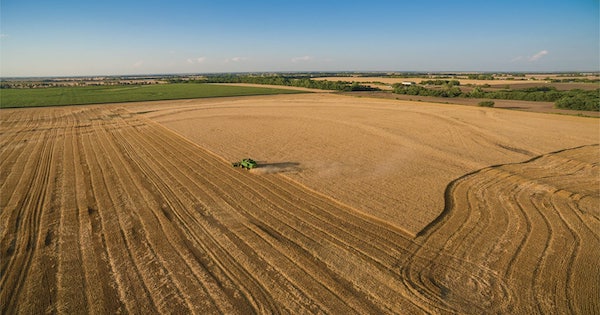Cover crops are a valuable asset within agroecosystems, offering an array of benefits that significantly enhance farming practices. As drought conditions persist nationwide and the cost of farming rises, growers need to evaluate their use of cover crops to determine whether they are integrated effectively and yield maximum advantage.
Cover crops mitigate soil erosion, break down compacted soil layers, provide vital drought buffers, and introduce organic matter to the soil, bolstering soil health and water retention. Their role in nutrient availability is essential, effectively scavenging and repairing essential elements such as nitrogen, thereby enriching the soil.
When it comes to pest management, cover crops shine because they suppress weeds, foster habitats for natural predators, and exhibit biofumigant properties. These advantages underscore the transformative potential of integrating cover crops into any agricultural framework. However, to fully grasp the advantages of cover crops, it’s important to recognize the unique benefits associated with each variety.
There are three primary categories of cover crops: grasses, legumes, and brassicas, each with distinct benefits. Beyond these core groups, there are additional species like buckwheat, sunflowers, and phacelia, each offering a range of advantages and considerations. The Midwest Cover Crop Council has assembled an insightful guide explaining each cover crop's pros and cons.
Despite the many advantages for growers, cost, and management often stall the planting and use of cover crops. The cost of inputs like seeds and specialized equipment, as well as labor for maintenance, can present a significant hurdle.
The fear of complex pest infestation and pathogens associated with cover crops also gives growers pause. However, these risks still don’t outweigh the potential benefit cover crops can provide.
Cover crops can vary significantly and encompass distinct maturation periods, planting schedules, objectives, and attributes. Below are some highlights that underscore the array of benefits inherent in various cover crops:
- Cole Crops: Grasses like cereal rye and legumes like clover replace brassica cover crops, shielding against disease and pests. Rye strips act as windbreaks, safeguarding young transplants.
- Cucurbits: No-till systems, often with rye or rye/vetch mixtures, suppress weeds, retain moisture, and enhance natural pest control.
- Sweet Corn: Innovative solutions like inter-seeding red clover fix nitrogen and add organic matter, benefiting corn while maintaining soil health.
- Potatoes: Acid-tolerant cereal rye provides soil cover and organic matter, revitalizing soil health amid soil-disturbing potato cultivation.
- Tomatoes: Tailored cover crop choices for field tomatoes counter erosion, suppress weeds, and enrich the soil, enhancing crop quality.
Cover crops hold tremendous potential for harvesters interested in elevating their operations. Their many benefits include soil health, pest management, and nutrient availability. Farmers can harness the full potential of these versatile agroecosystem champions by selecting cover crops judiciously.
Using cover crops in your gardening can improve soil health and enhance nutrient availability. This simple technique can make all the difference, and John Deere can help you find a dealer for equipment necessary for your vegetable farming.
